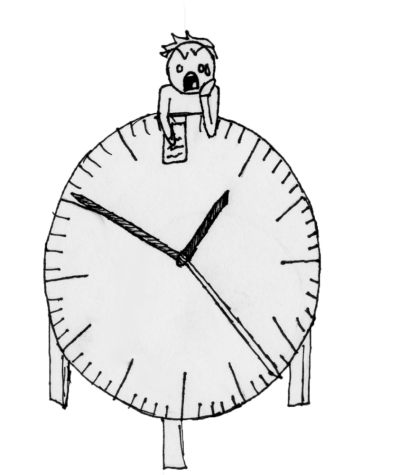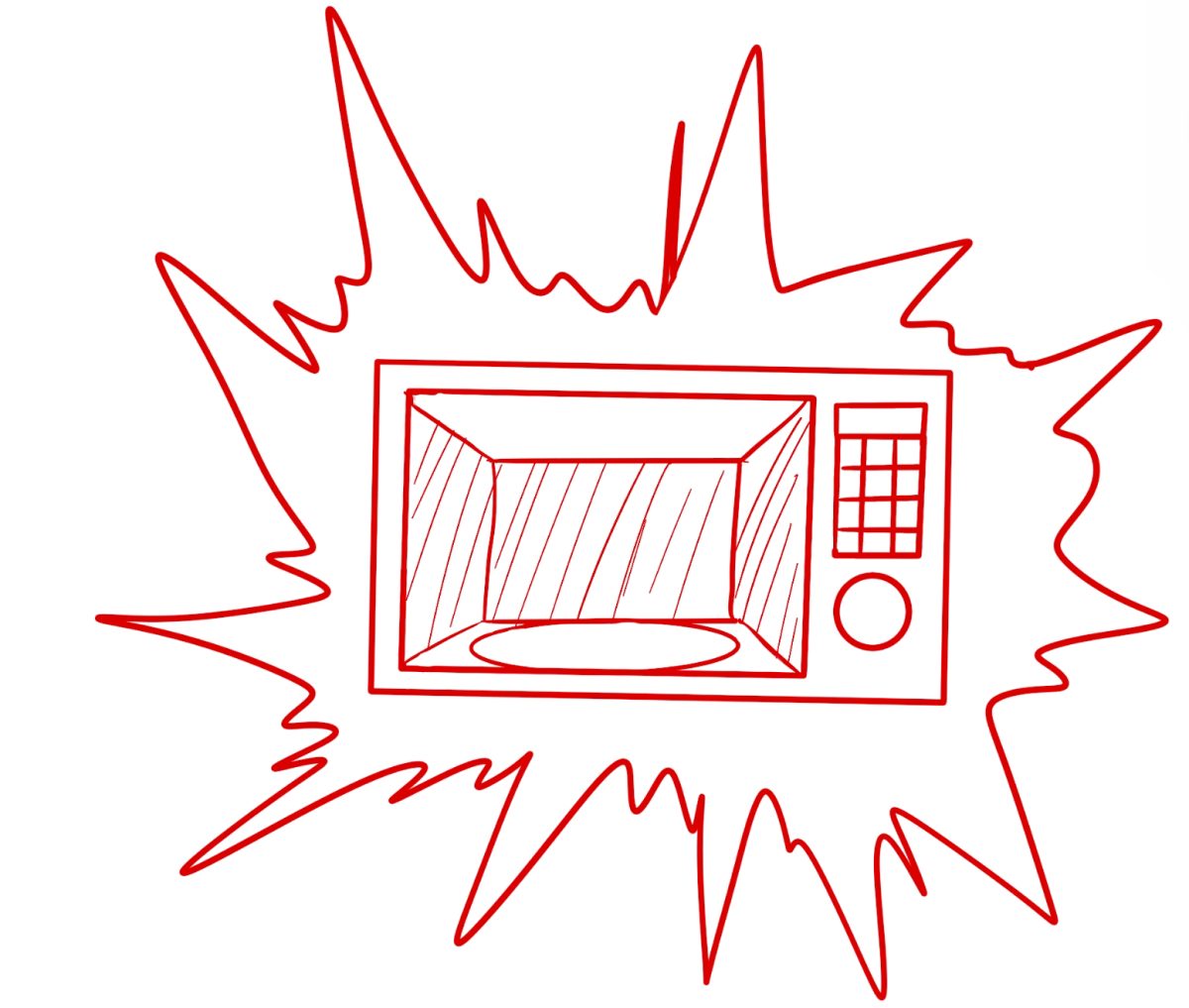Study Methods
Taking notes by summarizing information from textbooks and class lectures into a person’s own words is a starting place for studying, though it is usually something that is required for class rather than an extra resource. Furthermore, reading these notes out loud, or using similar study methods, can help people better retain the information.
Teaching others, even a pet, will tell someone if they actually know the material by how well they can explain it to someone who knows nothing about it. Working with friends and bouncing ideas off each other can bring up things someone might not have thought of alone, as each person will have different strengths that will help other group members out.
In a study by Sage Journals, they discovered that auditory presentations, like video or podcasts, increased memory recall. Video sites like YouTube offer the option to adjust speed, which can be used to make studying with videos slower/faster. Students busy with other extracurriculars can listen while doing tasks that don’t require full attention.
Flashcards can be useful for making concise notes, as well as making Q&A or keyword and definition cards. Flashcards are good for memorizing words, vocab, numbers, equations, names and dates.
Writing key ideas on sticky notes and sticking them in frequently visited places in the house means a student will see it often. This is useful as repeated learning helps memorization.
Sticky notes can also be used for learning foreign languages by putting the translation on the object that someone wishes to learn the word for in the house. Making lists of words and definitions can be useful, as using keywords in context is what tests usually ask for.
Making timelines and charts can be useful as a different visual representation for subjects like history.
Making a mnemonic device to remember processes can be really useful, as they can stick in a person’s head for long periods of time. They start with an acronym of sorts and are used for memorizing steps of a process or sets of information, especially in a specific order.
According to Psych Central, short-term memory is limited to 7 items of information. So, putting a large amount of information into small groups helps brains remember more, and more easily.
The blank sheet method is writing down everything about a topic or subject on a blank sheet from memory. By doing this, a student can check to see exactly what they know and what they need to improve on. On a test, there won’t always be a trigger or key word that leads to other information.
Cramming
Ideally studying everything the day before should never happen and study sessions should be spaced out over several days but that is unrealistic. However, other things can get in the way of studying beforehand – or it could just be procrastination.
There’s absolutely no use in stressing out or regretting waiting until the night before to study. Sleep is still important when cramming because studying while tired means that information won’t be retained.
Without a lot of time left, a useful strategy is going over key points that are definitely going to be on the test, such as things that teachers have emphasized multiple times or main points of the chapter or unit. The videos, podcasts, teaching and group study methods work well to help learn everything needed in a short amount of time. The key is to study one thing at a time and to go slowly so that the information is actually learned.
Time Management
Spring cleaning isn’t just about cleaning your house. It’s also about cleaning your life, and managing your time more wisely is a great way to start. Good time management skills can help people stick to a schedule, stay on track with tasks and decide when to study. It can also help lower stress and allow time for relaxation.
The idea of making a study schedule is to help productivity, although it can only do that if students actually stick to it. So, just because it’s 6:01 p.m. and the time was set at 6:00 p.m. does not mean that the time slot can be moved to 7:00 p.m. for convenience.
Everyone has heard “use a planner” before, but that advice usually ends there. There’s the digital vs. paper argument where each medium has its own benefits. Digital planners are more convenient, more flexible and they have automatic reminders of upcoming due dates. With paper planners, a whole week or month can be easily seen.
Store-bought paper planners aren’t the only type of paper planner – bullet journals are also an option. A bullet journal is a planner that you make yourself; while it can take more time and effort than other planner types, a bullet journal is entirely customizable to look and function exactly how you want it to. There can be any combination of monthly, weekly, or daily view (spreads). It can be minimalist or artistic. It doesn’t even have to be actual drawings. There can be printed pictures or washi tape.
Bullet journals aren’t just academic planners. There can be water trackers, to track water intake, mood trackers, a page to write ideas down, list of shows, etc. They can also be used as actual journals, a place to write about anything.
There are ways to make planner usage easier and more effective. The first and most important step in planning is to write down all assignments. This may seem obvious, but students can forget to write down assignments rendering the planner useless. Writing down due dates and making them stand out is extremely important in prioritizing assignments. Dividing assignments into smaller tasks will make them more manageable.

Planning is only the first part of time management. The next part is actually doing everything that needs to be done. Procrastination is often the main obstacle in getting work done, but why do people procrastinate when they know they shouldn’t?
Poor work and productivity habits are one source of procrastination. Generally, things are left until the last minute. Time to do assignments is planned but never committed to. Distractions happen, or motivation never comes.
Some things to help with this is to create a productive work environment by choosing an organized space without distractions or finding someone to hold you accountable.
Perfectionism is another cause of procrastination. There’s not wanting to start something because of the fear of not getting it right the first time or getting stuck on the small details.
Focusing on getting started, instead of finishing is a way to help stop perfectionism as it is easy to get overwhelmed thinking about what something is supposed to be like finished. Take things one step at a time. Perfectionist tendencies aren’t actually improving the quality of work or productivity, but they are hindering, so accept mistakes and move on.
Putting things in perspective by realizing that one assignment or test isn’t the end of the world is a way to realize that this is unnecessary pressure. The first draft isn’t going to be this perfect thing that’s been imagined. Revisions can happen after.
Another cause of procrastination is feeling stressed and overwhelmed. If this issue comes up, help is often needed. See if someone (or Google) can give a starting point. Getting started is the first step; assignments don’t need to finish right away but they do need to get started. If small parts of an assignment are done regularly then the assignment seems smaller gets completed in a timely matter.
Students often wait until motivation strikes to start working. Sure, when students are motivated they get a lot of work done. But, motivation is something that comes and goes. Using self discipline could be more beneficial instead. Actions, such as a reward system, where students give themselves a reward after doing a set amount of work could help with motivation, but ultimately students will still need self discipline to get things done.
Cleaning physical things also helps with time management, like organizing backpacks or desks, so that things are where they are supposed to be and time isn’t wasted looking for them. Organized backpacks are important so class time isn’t wasted looking for something such as a pencil. Putting things in a backpack the night before is good for ensuring that nothing is forgotten if there is a rush the next morning while getting to school.








